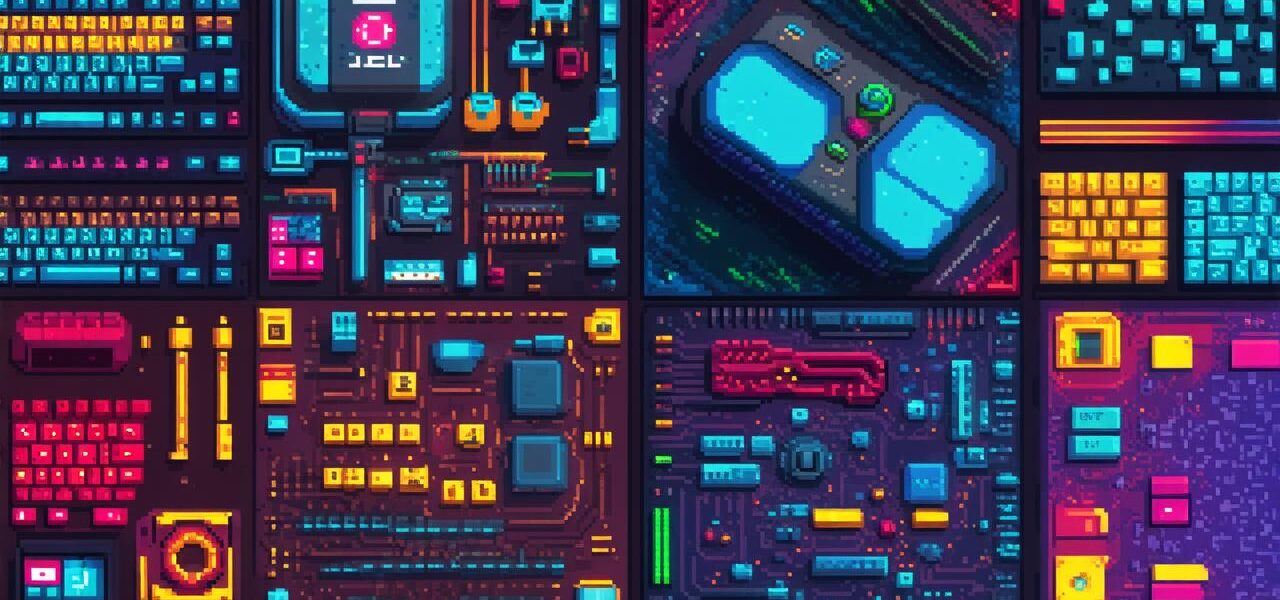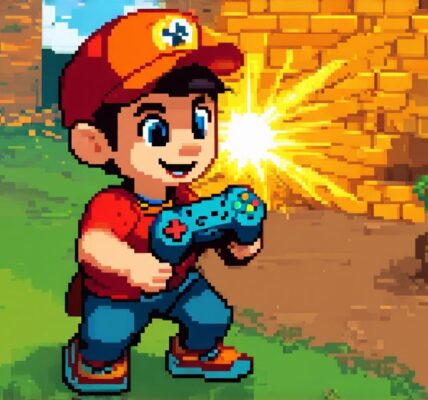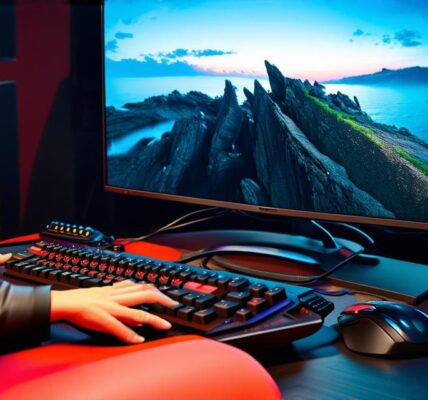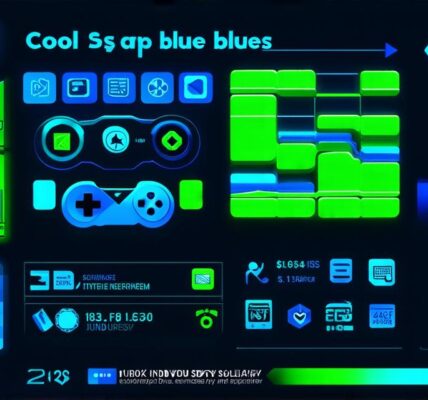Ideation: Brainstorming Your Game Concept
The first step in creating a video game is ideation, which involves brainstorming your game concept. This process requires identifying your target audience, what makes your game unique, considering the story and narrative of your game, and the art style and visual design.
Tips to Help You Get Started:
- Identify your target audience: Start by determining who will be playing your game. Consider their age range, interests, and gaming preferences. For example, if your target audience is young adults, your game may have a different storyline and art style than a game aimed at children.
- Determine what makes your game unique: Think about the features or mechanics that make your game stand out from other games in the same genre. Consider the level of difficulty, the type of puzzles, and the gameplay elements that will keep players engaged.
- Develop a story and narrative: Consider the story and narrative of your game. Will it be a single-player campaign, multiplayer mode, or an open world with branching narratives? How will the player’s choices affect the outcome of the story? Ensure that the story is compelling and immersive to keep players engaged throughout the game.
- Choose the right art style: Consider the art style and visual design of your game. What kind of aesthetic will appeal to your target audience? Will it be realistic or cartoonish? Stylized or photorealistic? Ensure that the art style complements the narrative and gameplay elements of your game.
Development: Building Your Game World
Once you have a solid idea for your game, it’s time to start the development process. This involves creating the game world, designing the mechanics and systems, and implementing the art assets. Here are some key steps to follow:
- Create a game design document (GDD): The GDD is your blueprint for the game and will help keep everyone on the same page as development progresses. It should include details such as the story, characters, levels, mechanics, and objectives of the game.
- Choose a game engine: There are many game engines available, each with its own strengths and weaknesses. Some popular options include Unity, Unreal Engine, Godot, and Construct 3. Consider the features and functionality that your game requires when choosing a game engine.
- Design mechanics and systems: Think about the mechanics and systems of your game, including movement, combat, AI behavior, and physics. Make sure that the mechanics are intuitive and easy to learn for players. Ensure that the game mechanics align with the overall narrative and story of the game.
- Create art assets: Create the art assets for your game, such as characters, environments, and other visual elements that will bring your game world to life. You can either create these yourself or hire a team of artists to help. Ensure that the art assets complement the mechanics and systems of the game.
- Playtest your game regularly: Playtest your game regularly to identify bugs and improve the overall gameplay experience. Listen to feedback from players and make changes to the game accordingly.
Marketing: Promoting Your Game
Once your game is ready for release, it’s important to market it effectively to reach a wider audience. Here are some marketing strategies you can use:
- Social media marketing: Use social media platforms such as Facebook, Twitter, and Instagram to promote your game. Create engaging content that showcases the features and gameplay elements of your game. Use targeted ads to reach potential players.
- Influencer marketing: Collaborate with influencers in the gaming community who have a large following on social media. Ask them to share your game on their platform and provide feedback on it. This can help increase awareness of your game and attract new players.
- Press releases: Send press releases to gaming websites, blogs, and journalists to get coverage for your game. Ensure that the press release is well-written and includes all the essential information about your game.
- Video trailers: Create a video trailer for your game that showcases the gameplay elements, story, and visuals of your game. Share the video on social media platforms, YouTube, and other video-sharing websites to attract new players.
랑
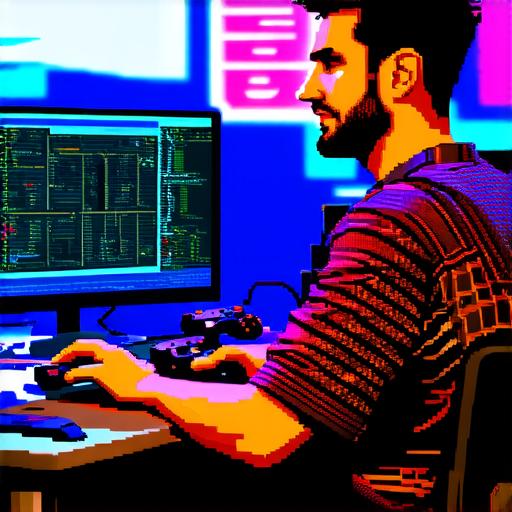
Distribution: Releasing Your Game
Once you have completed development and marketing, it’s time to release your game for players to enjoy. Here are some distribution options you can consider:
- Console distribution: Release your game on consoles such as PlayStation, Xbox, and Nintendo Switch. You will need to partner with a publisher or distributor to get your game into retail stores or online marketplaces like Amazon.
- PC distribution: Release your game on PC platforms such as Steam, GOG, and itch.io. This is a great option if you want to reach a wider audience and avoid the costs of console distribution.
- Mobile distribution: Release your game on mobile platforms such as iOS and Android. Consider the unique features of mobile gaming when designing your game.
Conclusion: The Power of Passion and Creativity
Creating a video game requires passion, creativity, and hard work. By following the steps outlined in this guide, you can bring your game to life and share it with the world. Remember that creating a hit game is not easy, but it’s possible if you are dedicated to the project and willing to put in the effort.
